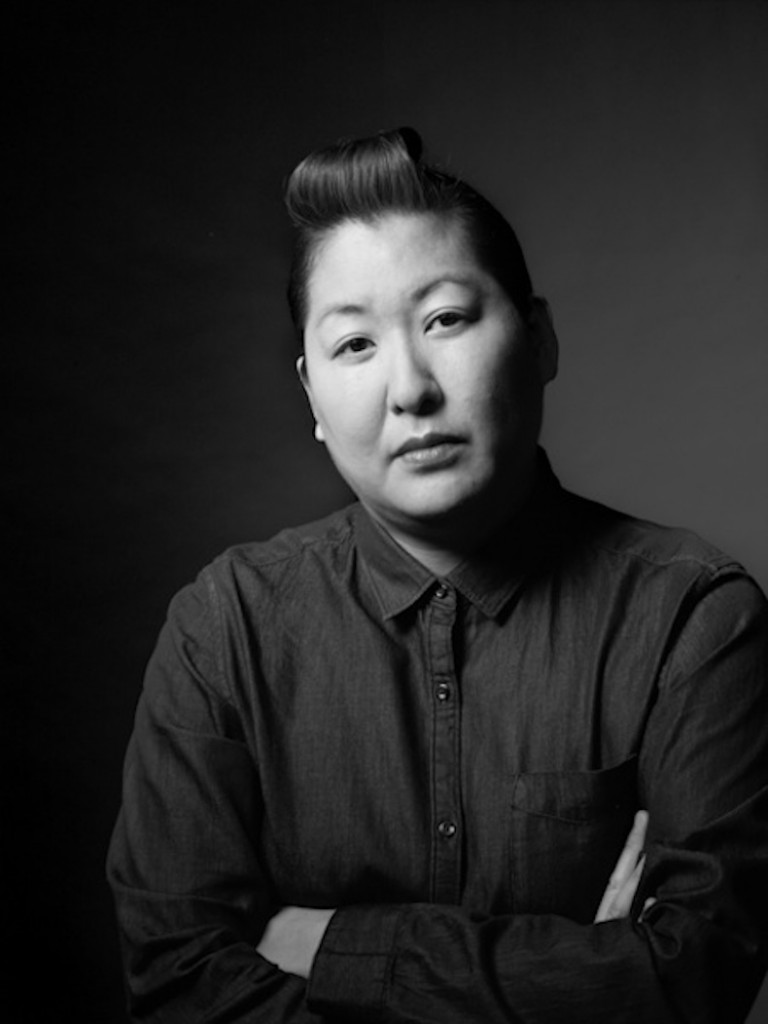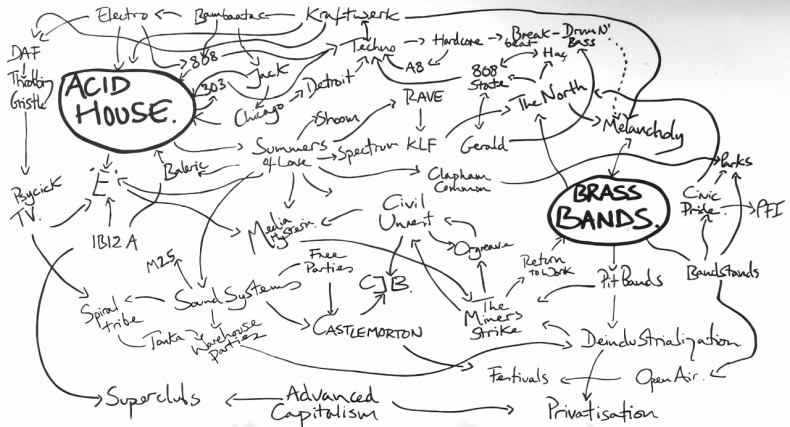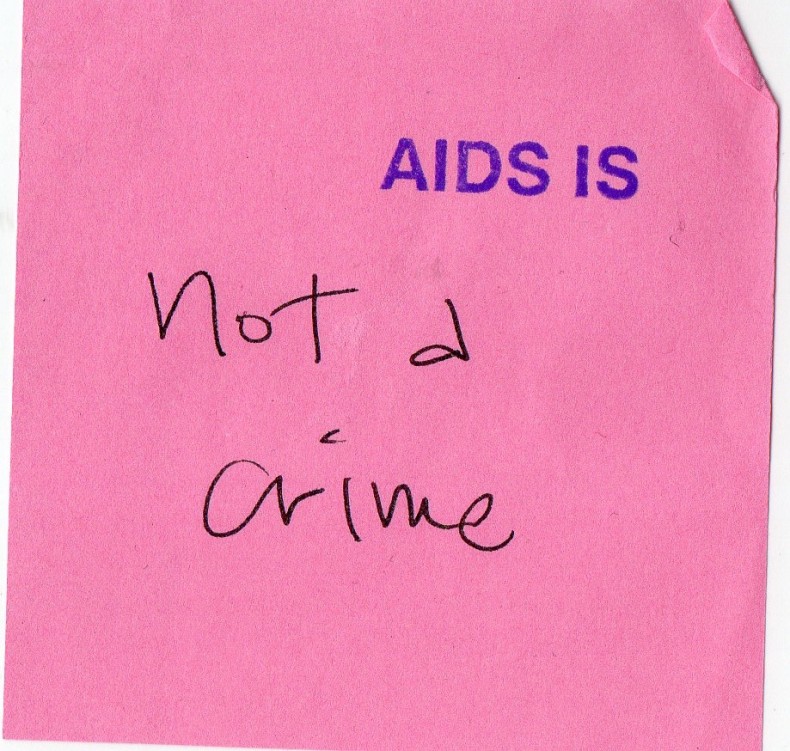Jul 30, 2012 8 Questions With Amy Sadao
The last time the US hosted an International AIDS Conference was in 1991, before President Reagan banned HIV-positive foreigners entry into this country. Since Obama lifted the ban and became the first sitting president to announce support of gay marriage, public discourse on AIDS and the gay community appear to have transformed here, since its first appearances when it was known as GRID (Gay-Related Immune Deficiency) through the 1980s and 1990s when communities in San Francisco and New York were decimated. Until recently the disease was publicly condemned as a “gay cancer” (today it is stigmatized as a “black disease”). Public reactions to AIDS were swift but the most enduring, reproduced and reappropriated artifact of this support community is without question, The Red Ribbon; and the artists who came up with the ribbon would go on to form a group to raise awareness of and support for artists living with HIV or AIDS. That organization is called Visual AIDS.
Amy Sadao has been the Executive Director of Visual AIDS for the last 11 years. As the International AIDS Conference draws to a close she prepares for her new role as the Executive Director of the Institue for Contemporary Art in Philadelphia. The move has been widely heralded in the Art World as a bold, if surprising move. No one is more thrilled and eager than Amy herself. As a close personal friend I am grateful to know people like her exist, and as a consumer of art, I’m glad the ICA has chosen an art expert unafraid of politics, to run their show.

Amy Sadao, Executive Director of ICA. Photo: David Kelley
I trained as a visual artist and then went into a PhD program in race theory. Neither went as planned, but in hindsight I think I dove into both modes of learning as different ways of addressing problems–social, philosophical, creative, how to be a part of the world, how to live–and I think that same impulse could help frame what I do. We could say my work is solving problems so that artists and other thinkers can propose more problems. I think that museum work is a civic duty. Executive Directors help art serve cities and communities. You should make me a merit badge, Anne.
2. Here’s your merit badge: a tortilla chip pre-loaded with nacho fixings. Next question. What’s an average work day for you?
There are very few average days. At Visual AIDS we are working with contemporary visual art to alter the course of AIDS and to make real and present the history and needs of a generation(+) living with HIV. We’re supported by and work with a huge range of people affiliated with organizations as well as independent artists, curators, writers, gallerists, activists etc. Today I also knocked over a glass of water on my keyboard so there was musical keyboard switch outs through the day.
I can’t wait to see what an NON-average work day is like at the ICA. With rotating exhibitions, events, and publications, the ICA serves Philadelphia and the Penn community, as well as viewers and artists around the world, by being nimble and creating dialogues around and about challenging visual art. It has an extraordinary curatorial team and staff. I’ve admired what they do for years.

Jeremy Deller. The History of the World (1997). Wall Painting. Dimensions Variable. (c) Jeremy Deller. Photo used courtesy of the artist. Photo: Parisah Taghizadeh
3. What are you looking forward to bringing to ICA with your experiences from Visual AIDS?
I think I’m a great editor and a great synthsizer. I’m just plain curious and I live to keep talking with and meeting interesting people. I was mentored by a great strand of arts administrators who had business savvy, creative ambitions, deep love and respect for artists, and a fearlessness about taking on unknown projects. These amazing women were and are fun and funny, smart, ethical, and categorically kind. I hope I can bring that experience to bear at the ICA and all relationships.
4. What motivates or inspires you?
Coming from the International AIDS Conference in DC this past week and thinking about NYC last winter, I’m inspired by the ingenuity, beauty and deep historical knowledge of young and seasoned activists and cultural producers. I’m always energized by spending time with friends and articulating what we see and think when looking at great exhbitions and finely honed collections of visual art. I love experiencing and discussing opera, performances, screenings, and readings. Gregg Bordowitz recently reminded me that we need more poetry in museum settings. Since I live with the talented poet and writer Thomas Devaney, I am constantly inspired by the poety he is reading and writing. Also, as you have experienced Anne, really good Manhattan’s (and in the summer Negroni’s) can be a great source of inspiration.
5. Amen. So what bores or demoralizes you?
Self-satisfied ignorance. Status symbols. Lack of intergenerational community. Anti-intellectualism. The expectation that you should immediately “get” an artwork.
6. What are you currently reading?
Oh! Joe LeSuer, Digressions on some poems by Frank O’Hara: A memoir. Ezra Nepon’s history of the New Jewish Agenda. Tony Feher‘s new catalog (Russell Ferguson essay). Dean Spade’s Normal Life. Franza, Fever 103, and Quilts – catalog of Ulrike Mueller published by Dancing Foxes Press: http://dfpress.us/. I’m late to this but “King Leopold’s Ghost”. Mary Walling Blackburn’s recent work in the last Visual AIDS exhibition, “Undetectable” made me want to read Guy Hocquenghem but there’s that translation problem which is the basis of Mary’s piece. And you thought we were finally going to do that Heidegger reading group this summer? There are always books, magazines, drafts of essays and poems of friends, and PDF’s strewn all over my apt. I’m always reading multiple things. Aren’t you?
7. What is one of your longterm goals for ICA, besides reading a million books at once?
Broadly I would say my goals at and for the ICA are the same as my work and life goals. Make great art available and accessible to all. Support artists. Create more space, and time, for dialogue around art and its ideas. Create sustainable and healthy cultures inside institutions and across organizations. Practice and foster respect for people’s experiences and work. Keep it interesting. Teach the next ones. Do it all with integrity.
8. Favorite place in Philly? In NY?
In Philadelphia? Our rooftop pool and the Frank Furness library at Penn. In NYC? The Williamsburg Bridge, outside lane, Brooklyn-bound, at 2AM, summer breeze rolling into your cab window. And Jeanine’s parking lot badamiton court. Also Geoffrey Hendricks and Sur Rodney (Sur)’s country cottage on Greenwich. After 22 years, one has plenty of favorite places in New York.



